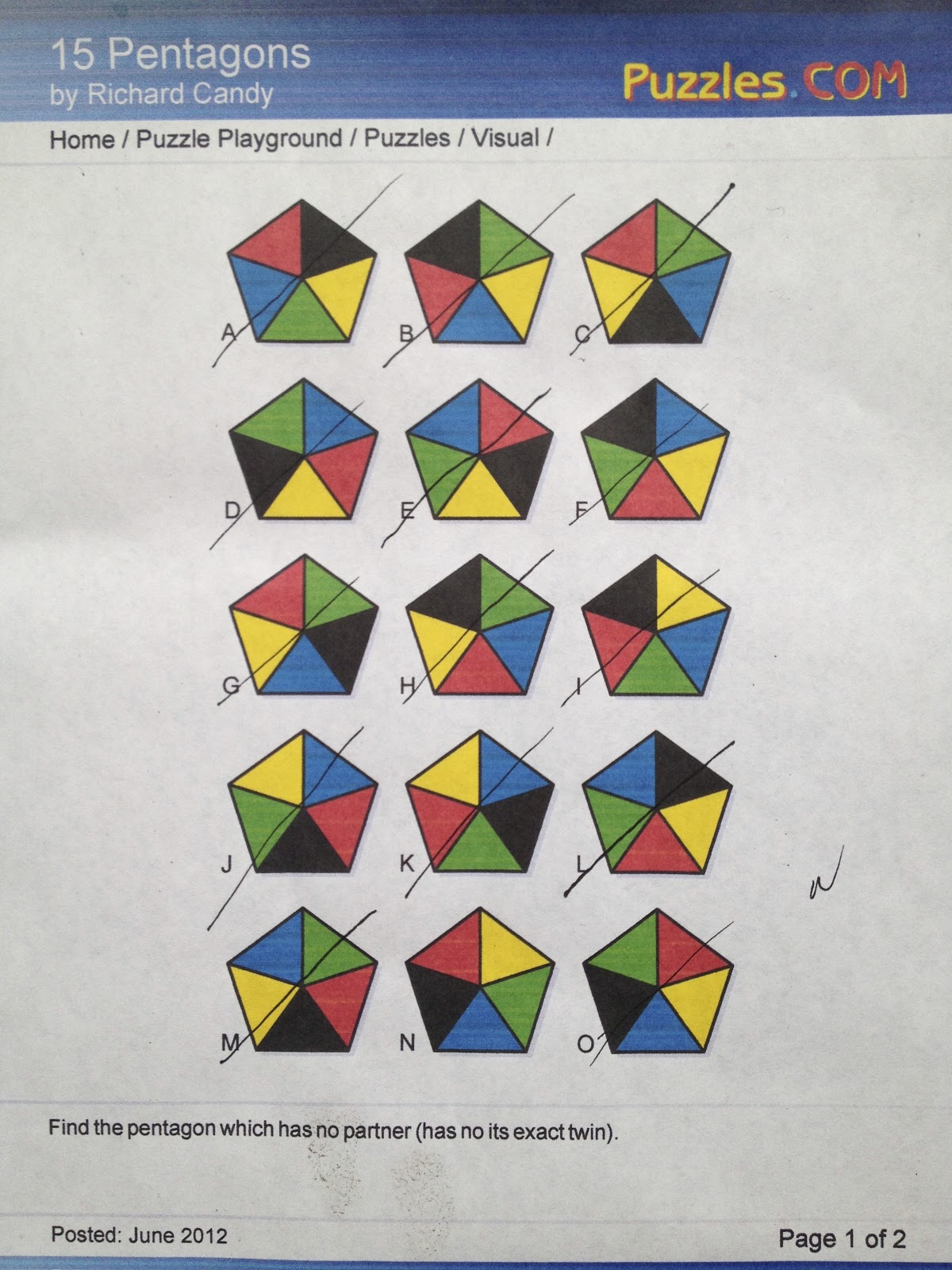Practically every product designer uses Computer Aided
Design or CAD software in the development process. It helps visualize the
product in a 3d virtual environment. The product can be altered and prototypes
can be made, but the software enables the team to view the object or structure
from different angles so changes can be made before prototypes are constructed.
This coffee cup shows how you can see different angles with CAD software.
CAD offers advantages when designing architecture as well.
These models show how buildings and floor plans can be designed and altered in
a 3D environment.
The three examples show how software can help in the design
process. They also show how important depth and size perception is when
designing products and architecture.
The coffee cup provides a representation of the object in a
virtual environment. There aren’t any cues that show how large it is in
relation to anything else, but a coffee cup is a common object, so its relative
size is understood. Shading and the overlap of the front and back walls of the
cup provide the depth.
The models of the house and floor plan have more depth
perception cues than the cup. Linear perspective is used and can be seen in
both examples. The scenes get smaller towards the back than they do towards the
front. Overlap can be seen in the trees as well as shading (the tree furthest
away is partially covered by another tree, and it is shaded darker than the
others). The floor plan uses overlap, as well as relative size. The cubicles
towards the back get smaller than the ones in the front. Also, the walls of the
cubicles in the front partially cover the walls of the cubicles in the back.
References:
Architecture from outside:
Floor Plan:
Cup:













